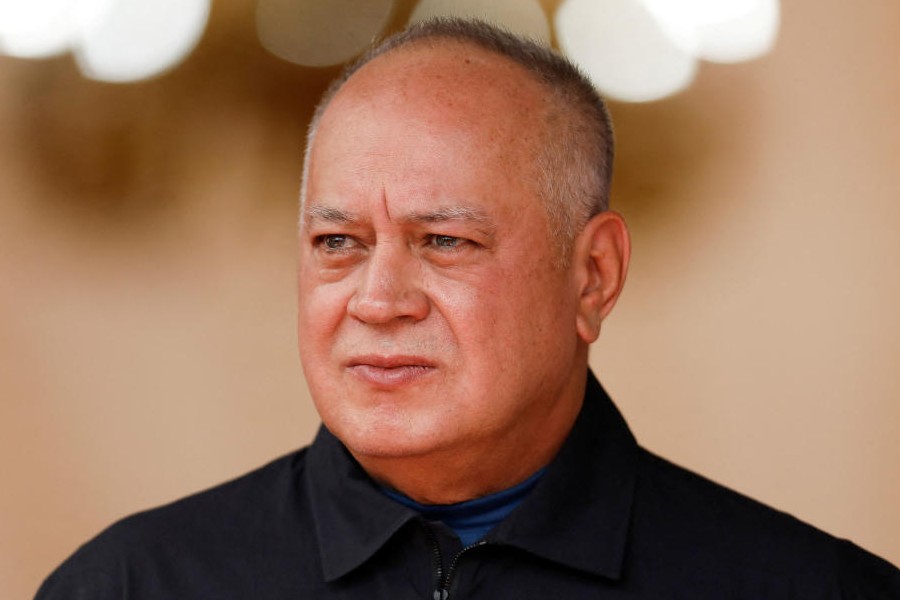The Union home ministry has given the go-ahead to the Indo-Tibetan Border Police (ITBP) to deploy its battalions in Maoist-affected areas of Chhattisgarh on a permanent basis, just like the constant presence of the Indian Army’s Rashtriya Rifles in Jammu and Kashmir, sources said on Friday.
The ITBP used to deploy personnel in the Maoist-hit areas of Chhattisgarh on a rotational basis.
“As part of strengthening of its counter-Maoist operations, the paramilitary force has been asked to do away with the earlier practice of deploying battalions on a rotational basis in the state. Now the battalions deployed in the Naxal-infested areas will remain there on a permanent basis,” a Union home ministry official said. At present, eight battalions of the ITBP — which mans the 3,488km Line of Actual Control, the disputed demarcation line between territories controlled by India and China — are deployed in Chhattisgarh. One battalion has around 1,000 personnel.
Earlier, an ITBP battalion could be deployed in Chhattisgarh for a maximum of three years.
Sources in the ITBP said the new policy had been chalked out on the lines of the Indian Army’s Rashtriya Rifles that is permanently deployed in Jammu and Kashmir for anti-terror operations.
The Rashtriya Rifles, the army’s elite counter-insurgency unit, has been permanently stationed in militancy-hit Jammu and Kashmir for years and only the troops are rotated. This is in contrast with regular army battalions, which are deployed on a rotational basis.
Of the 56 battalions of the ITBP, 34 are deployed at the India-China border, 11 for internal security and eight for anti-Maoist operations. The remaining battalions guard important installations and are also posted on VVIP duty.
Sources in the home ministry said the decision to do away with the rotational deployment of the ITBP was to ensure that the battalion was exclusively used to intensify anti-Maoist operations in Chhattisgarh. “Militancy in Jammu and Kashmir and Maoist insurgency are two big priorities of this government. The Centre wants an all-out offensive against the Maoists in Chhattisgarh,” said a security official posted in North Block, the seat of the home ministry.
Last year, the Centre had engaged the National Technical Research Organisation to provide real-time images of the Maoist stronghold inside the Abujhmad forest, a “liberated zone” where security agencies fear to tread.
A Union home ministry report says that Chhattisgarh and Jharkhand together accounted for over 70 per cent of Maoist violence and 75 per cent of deaths caused by the rebels in the country in the past few years, followed by Bihar, Odisha and Maharashtra.
There are 31 Maoist-infested districts across the country, including 13 in Jharkhand, eight in Chhattisgarh and four in Bihar. A recent intelligence report suggests Maoists are regrouping in four states — Chhattisgarh, Bihar, Jharkhand and Maharashtra.
Chhattisgarh has over 40,000 personnel of various paramilitary forces like the ITBP, Central Reserve Police Force (CRPF) and the Border Security Force (BSF).











